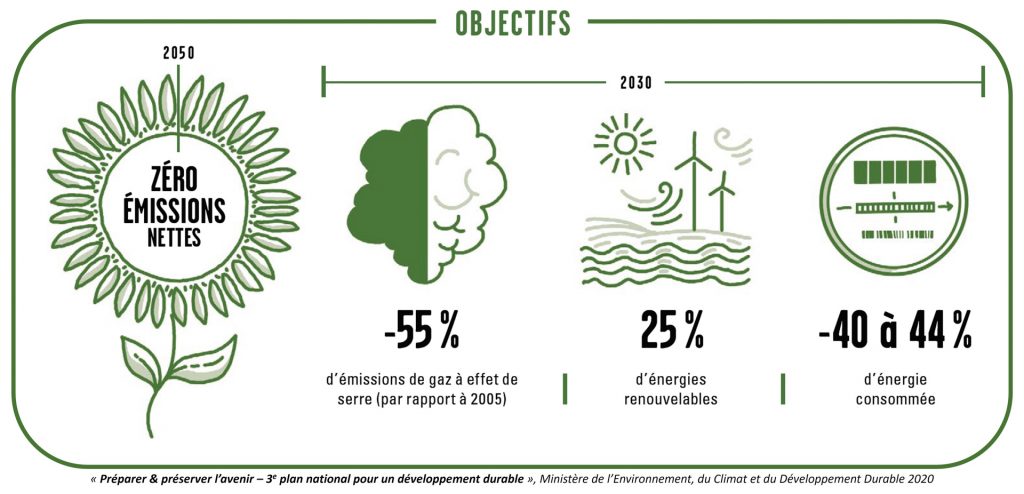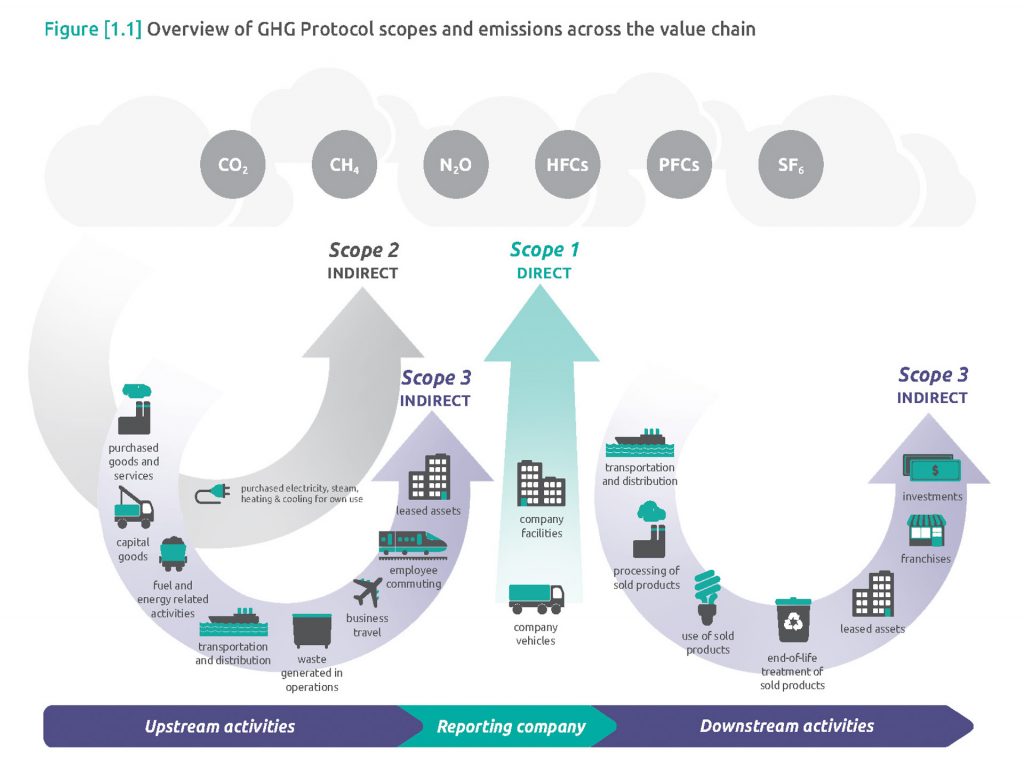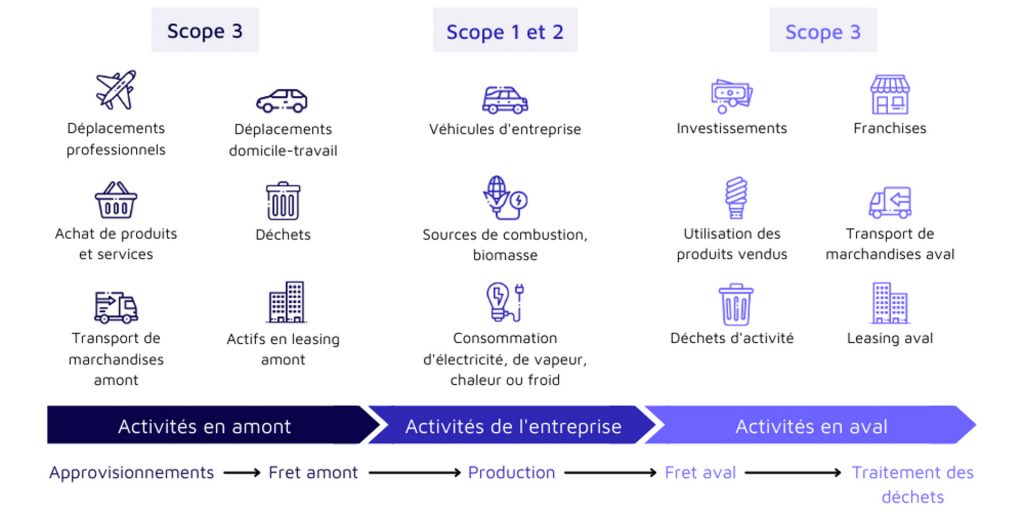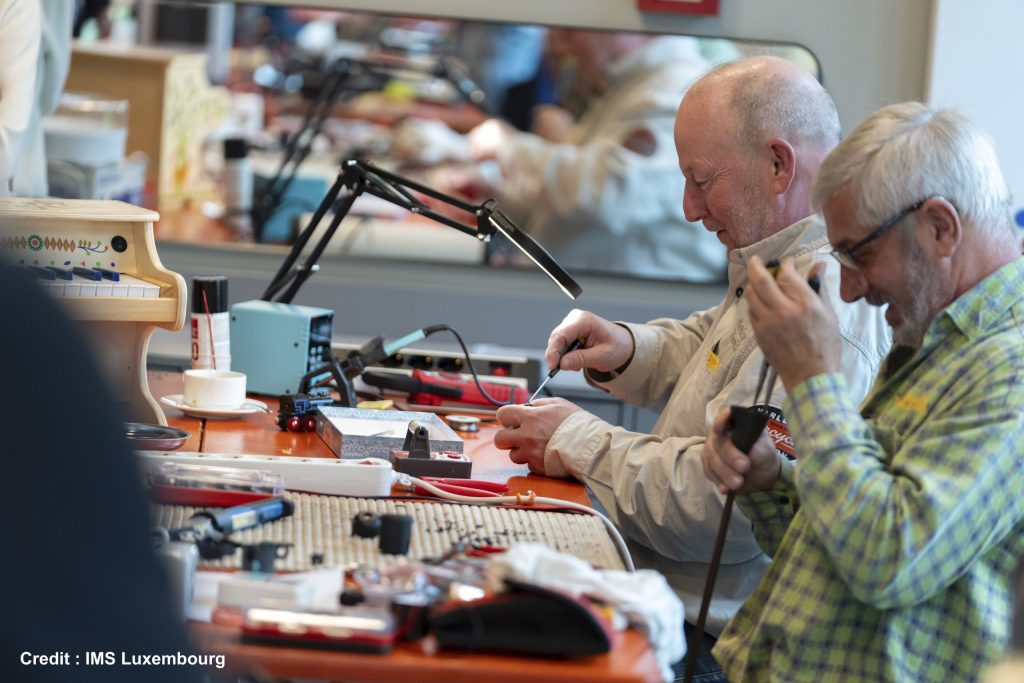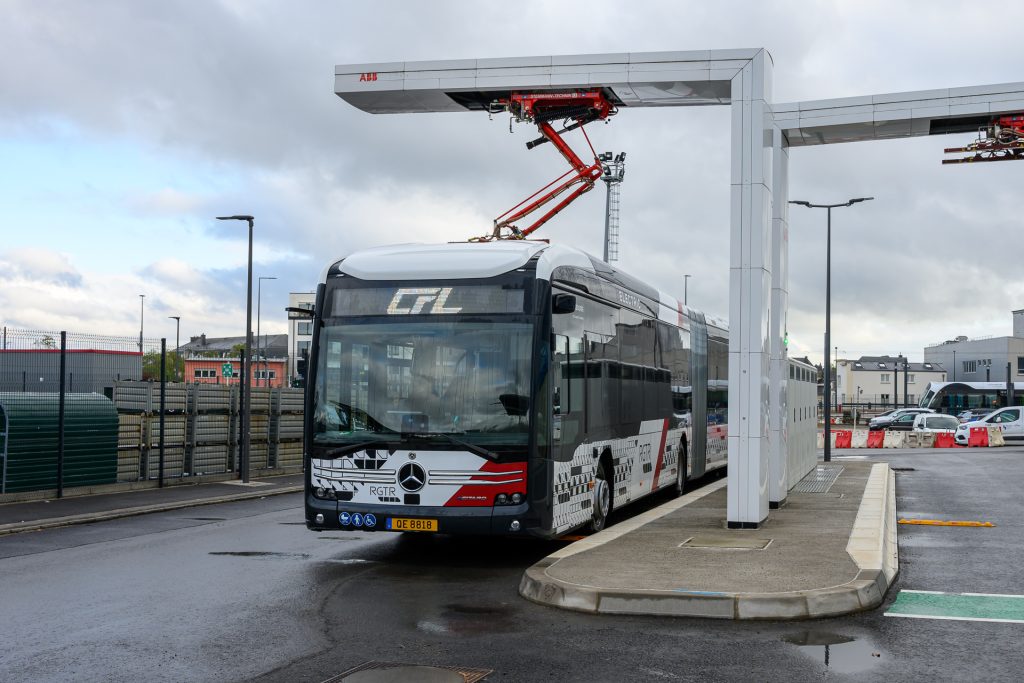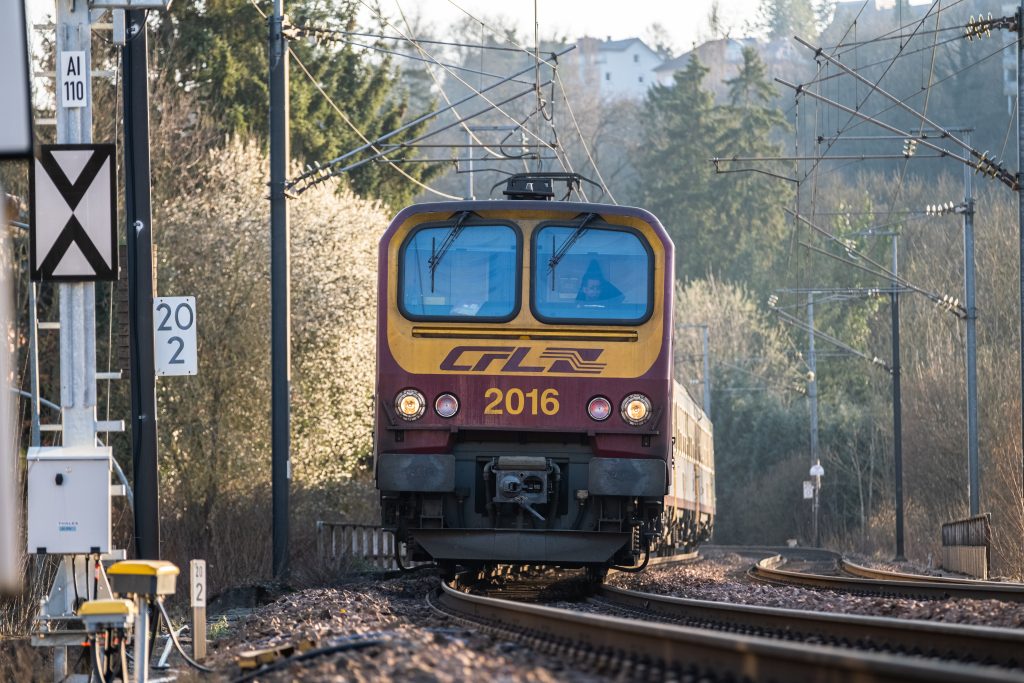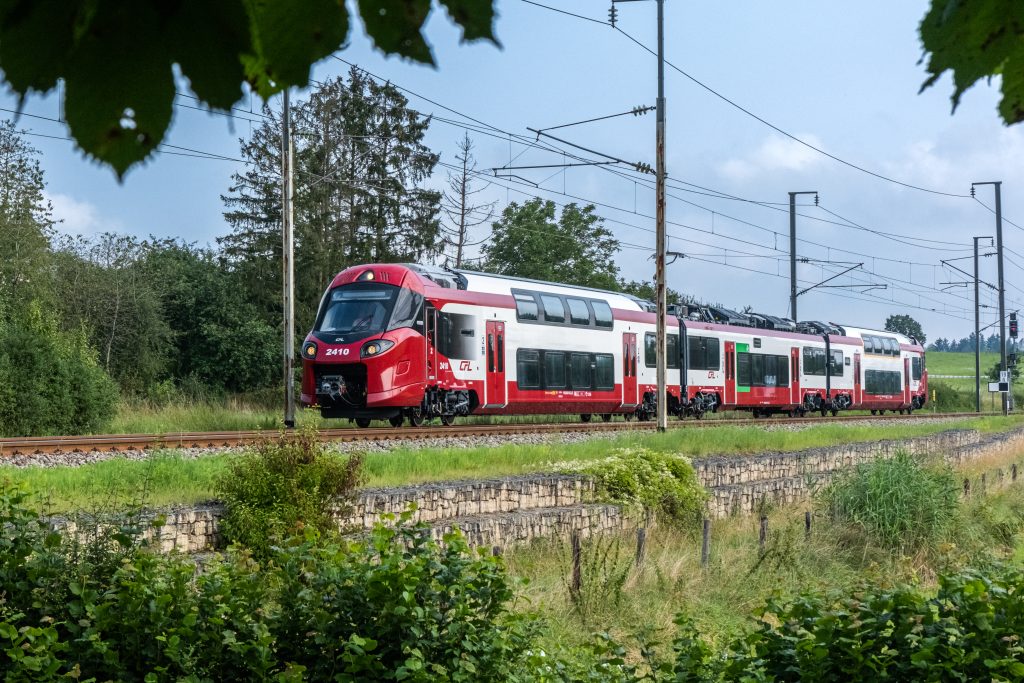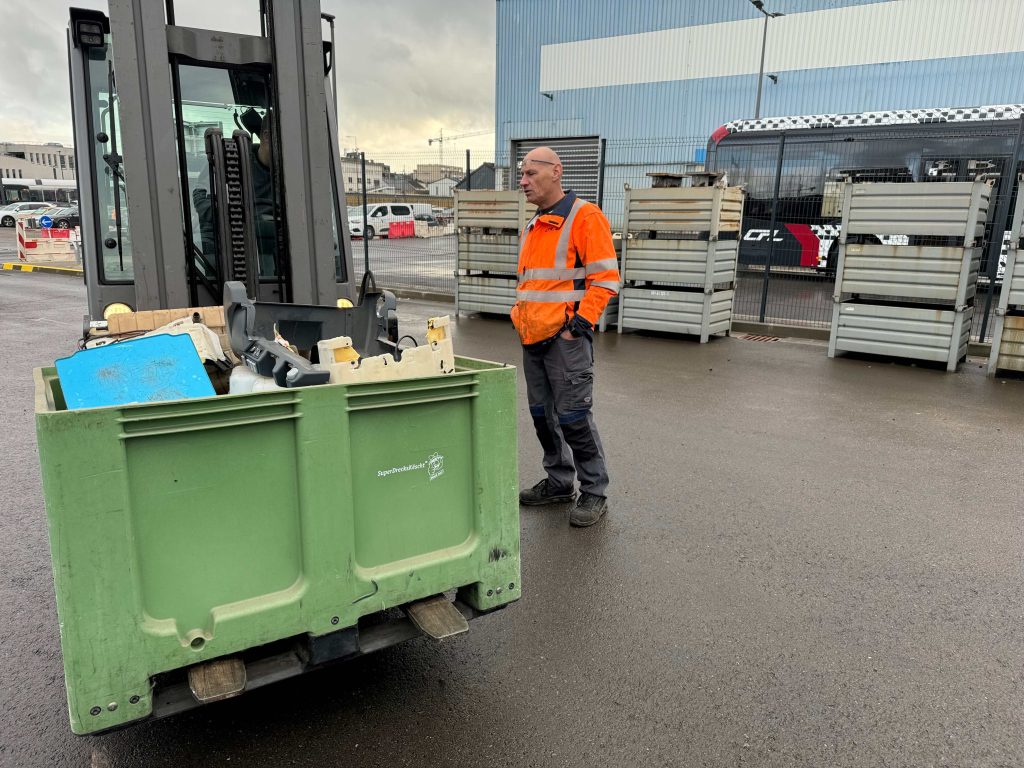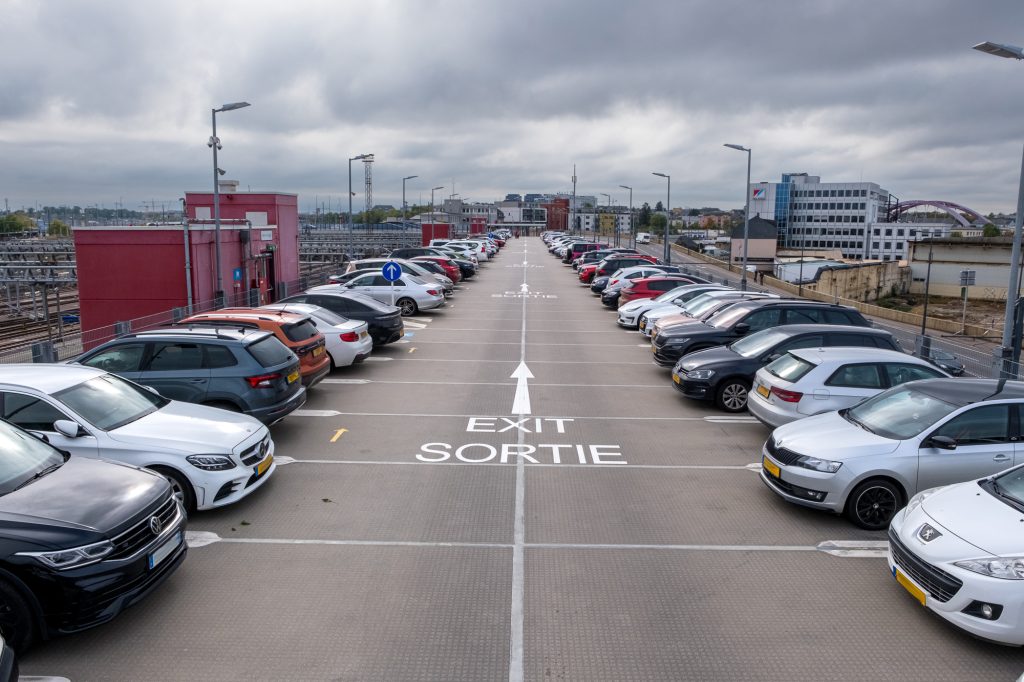
0 Carbon Strategy

When it comes to climate change, sustainable development and more particularly, environmental protection, these are challenges that our society needs to face. The CFL Group wishes to contribute to the European Union’s carbon neutrality objectives, where rail, as a sustainable means of transport, will play an indispensable role. At the same time, the CFL wish to continue their efforts to reduce their carbon footprint. We spoke to Manuel Kirchen, coordinator of the CFL’s “0 Carbon Strategy” project.
Why was the “0 Carbon Strategy” project launched?
By definition and by the nature of our services, we are a company which provides sustainable mobility solutions. At the same time, climate change and the potential disastrous consequences for our planet are forcing us all to find solutions to reduce our CO2 emissions. Companies play an important role in this objective, which is why they will be required to measure, reduce and offset their greenhouse gas emissions. The CFL’s “0 Carbon Strategy” is fully in line with these ambitions to reduce greenhouse gases. This is also in accordance with the national objectives which, by 2030, aim to reduce the volume of these gases by 55% compared to 2005, and to achieve carbon neutrality (“net-zero emissions”) by 2050.
| Net-zero emissions: all greenhouse gas emissions produced by human activity must be removed from the atmosphere through reduction measures so that the net climate balance of a given area equals zero. [source] |
How do the CFL reduce their carbon footprint?
To be able to reduce the volume of greenhouse gas emissions, it is necessary to identify the various sources and volumes of greenhouse gas emissions. We have therefore identified and collected this data in our various activities, before quantifying them and establishing a balance sheet for the CFL Group (national + international rail freight traction). This exercise was carried out for the first time in 2021 for the years 2019 and 2020 and continued this year with the balance sheet for 2021.

In the perspective of the climate change, the challenge is to reduce CO2 emissions. Therefore the CFL has launched the “0 Carbon Strategy” project. 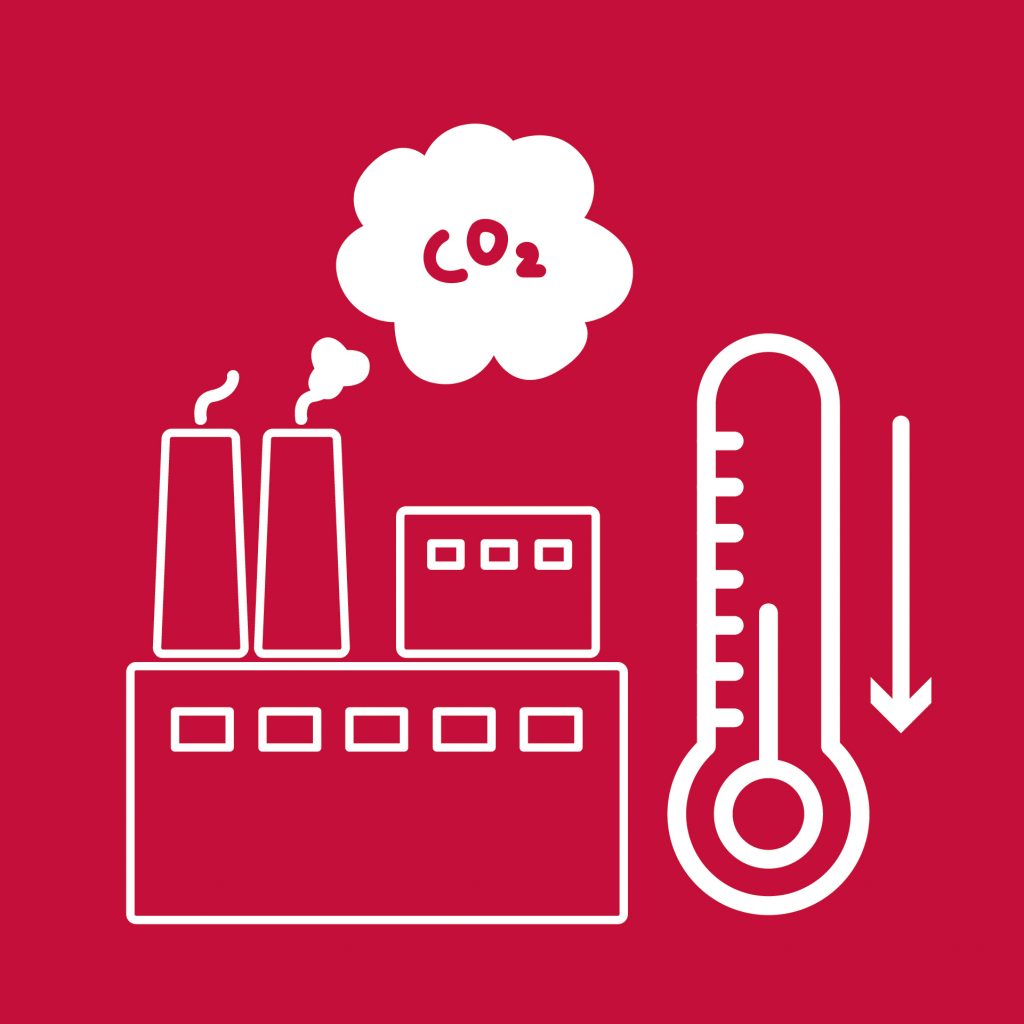
Companies must measure, reduce and compensate for their greenhouse gas emissions. 
This is done in three phases. 1. Identify the different sources and volumes of greenhouse gas emissions. 2. Make a balance sheet. 3. Make an action plan and get active.
When calculating the carbon footprint, why is a difference made between different types of emissions?
We distinguish between direct and indirect emissions when calculating our carbon footprint.
Direct emissions (scope 1) are those emitted directly on the sites of our activities or by our vehicles. They include fuel consumption (petrol, diesel, gas, heating oil, etc.) and the use of refrigerant gases, for example greenhouse gases emitted when passengers travel on a CFL bus or when goods are transported on foreign non-electrified networks.
Indirect emissions are those linked to our activities but not emitted on our sites or by our equipment. This type of emissions is divided into 2 categories; technically we speak of scopes 2 and 3. Scope 2 covers indirect energy-related emissions and includes emissions related to the consumption of electricity or urban heat. These energies do not cause greenhouse gas emissions when they are consumed, but when they are produced. In addition to the first category of emissions, there are other indirect emissions (scope 3) which include all other sources of greenhouse gases related to our activities. This includes emissions related to the purchase of materials, products or services e.g. for the construction of the train on which passengers are transported.
Considering all of these different types of greenhouse gas emissions is necessary to be able to assess the overall carbon footprint of a company, which is not limited to the CO2 emissions directly linked to its activities. Therefore, an initial estimate of scope 3 for the year 2020 has been made for the CFL Group. Given the complexity of its estimation, it will have to be completed over the next few years.
Which emissions are the most significant in the CFL Group’s carbon footprint?
Between 2019 and 2021, the CFL Group emitted on average +-35,000 tCO2eq (tonne equivalent CO2) per year (scope 1 and 2). More than half of these emissions are due to rail traction, which is our main activity. Other emissions from our road-related activities (buses, trucks, …) represent 25% of the CFL Group’s emissions. In addition, emissions related to the energy needs of buildings account for 20% of CFL’s greenhouse gas emissions.

Between 2019 and 2021, the CFL Group has produced an average of +-35,000 tCO2eq per year (scope 1 and 2). 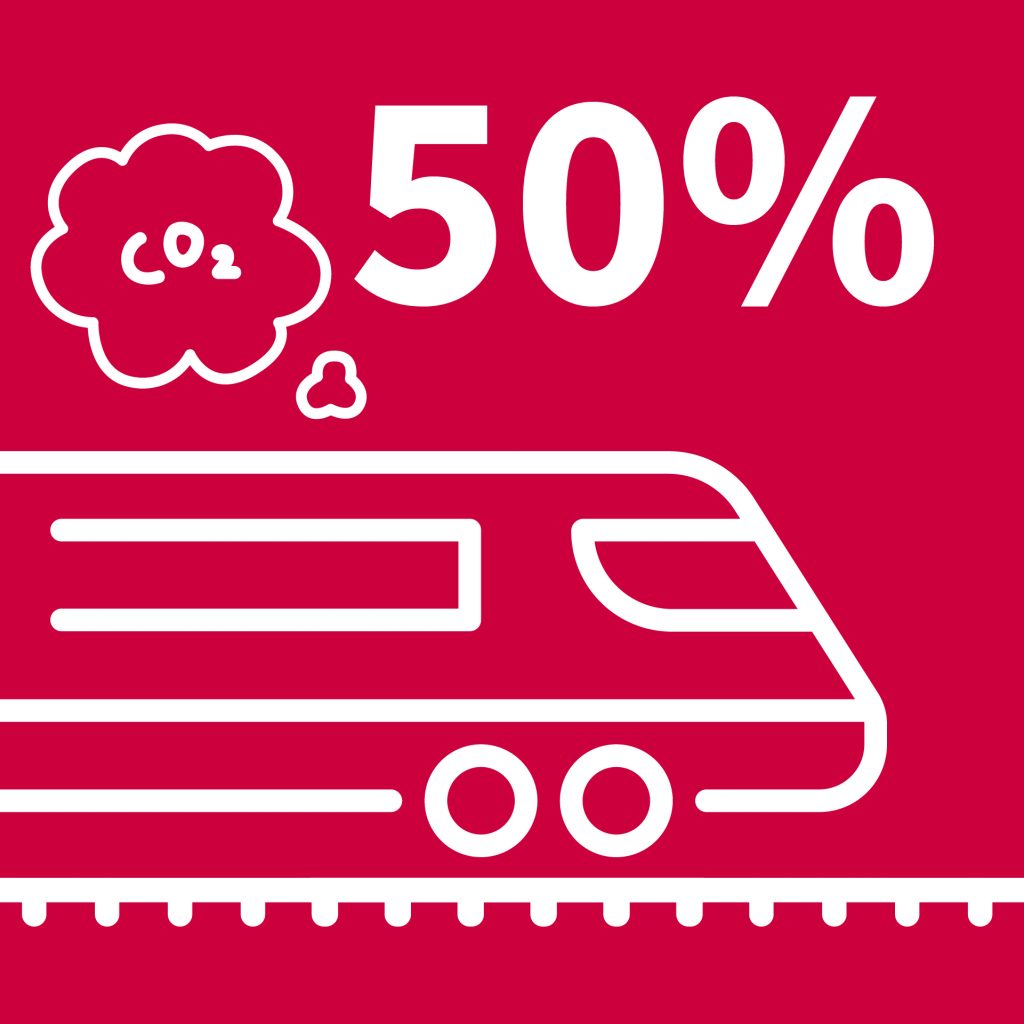
The rail activity represents 50% of the CFL Group’s emissions 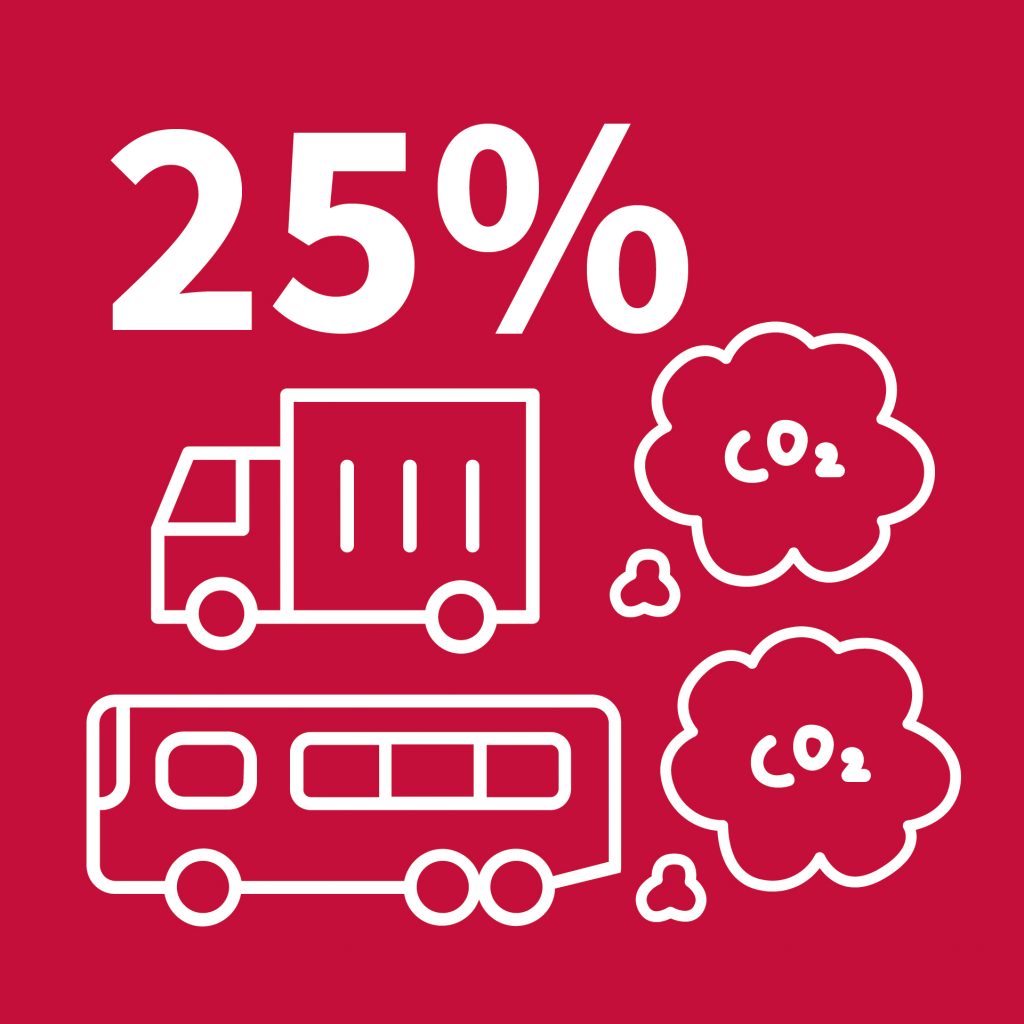
Road-related activities (buses, trucks, …) account for 25% of the CFL Group’s emissions. 
By using renewable sources of electricity (market based methodology), the CFL has reduced its emissions by 30% compared to the purchase of non-renewable energy, which is equivalent to 10,000 tCO2 eq.
Taking into account the use of renewable sources of electricity (market-based methodology), the CFL’s carbon footprint (scope 1 and 2) is reduced by 30% compared to the purchase of non-renewable energy. In figures, this represents 10,000 tCO2 eq less per year.
| Title | Unit | 2019 | 2020 | 2021 |
| Direct greenhouse gas emissions (GHG scope 1)1 | thousands of tonnes CO2 eq | 23,6 | 21,7 | 22,53 |
| Indirect greenhouse gas emissions (GHG scope 2)1 – « location based »2 | thousands of tonnes CO2 eq | 13,1 | 12,2 | 13,23 |
| Indirect greenhouse gas emissions (GHG scope 2)1 – « market based »2 | thousands of tonnes CO2 eq | 3,1 | 1,1 | 1,33 |
2 Location based : taking into account the country’s electricity mix (i.e. electricity actually consumed).
Market based : taking into account green electricity purchased for national electricity consumption (2019-2021) and for electric freight rail traction in Germany (2020-2021).
3 Data from 2021 : Some data for 2021 were not available at the time this article was written. For the missing data, the averages for 2019 and 2020 were used.
What are the next steps in the project?
After assessing the greenhouse gas emissions of our Group’s activities, our next step will be to identify and implement actions to reduce them. In internal workshops we want to develop a plan of action that we can implement over the next few years.
